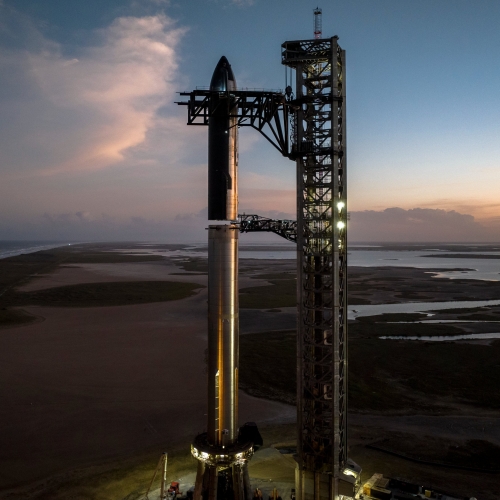Russia launches military satellite using Angara rocket; new global record for launches
Russia today successfully launched a classified military satellite using its new Angara rocket in its Angara-1.2 configuration.
Like ArianeGroup’s Ariane-6, Angara is modular, so depending on the payload’s launch needs, it can have additional strap-on boosters, from none to four. This launch had no side boosters at all.
The launch was the 135th of 2022, passing the record set last year of 134 successful launches for the entire world in one year. In 2022 the record was broken in the last week. This year the record has been broken two and a half months before the end of the year. Based on the number of planned launches for the rest of the year, 2022 is likely to easily exceed 150 launches.
And the reason this number going through the roof is because of the advent of private enterprise, private ownership of rockets, and intense competition. New rocket companies are sprouting up everywhere worldwide, each with their own rocket competing aggressively for business by lowering costs. The lower costs make it possible for more satellite companies to find financing because making money will be easier. This in turn results in more customers for the rocket companies, which encourages more competition which pushes the price down further.
The cycle feeds on itself, and will only end when the full potential of space exploration is reached. And since that potential is literally endless, this growth for the human race is also endless. The only thing that could stop it is if human civilization decides to stop it, intentionally, either from willful ignorance or fear.
The leaders in the 2022 launch race:
47 SpaceX
45 China
15 Russia
8 Rocket Lab
7 ULA
American private enterprise still leads China 67 to 45 in the national rankings, but now trails the rest of the world combined 68 to 67.
Russia today successfully launched a classified military satellite using its new Angara rocket in its Angara-1.2 configuration.
Like ArianeGroup’s Ariane-6, Angara is modular, so depending on the payload’s launch needs, it can have additional strap-on boosters, from none to four. This launch had no side boosters at all.
The launch was the 135th of 2022, passing the record set last year of 134 successful launches for the entire world in one year. In 2022 the record was broken in the last week. This year the record has been broken two and a half months before the end of the year. Based on the number of planned launches for the rest of the year, 2022 is likely to easily exceed 150 launches.
And the reason this number going through the roof is because of the advent of private enterprise, private ownership of rockets, and intense competition. New rocket companies are sprouting up everywhere worldwide, each with their own rocket competing aggressively for business by lowering costs. The lower costs make it possible for more satellite companies to find financing because making money will be easier. This in turn results in more customers for the rocket companies, which encourages more competition which pushes the price down further.
The cycle feeds on itself, and will only end when the full potential of space exploration is reached. And since that potential is literally endless, this growth for the human race is also endless. The only thing that could stop it is if human civilization decides to stop it, intentionally, either from willful ignorance or fear.
The leaders in the 2022 launch race:
47 SpaceX
45 China
15 Russia
8 Rocket Lab
7 ULA
American private enterprise still leads China 67 to 45 in the national rankings, but now trails the rest of the world combined 68 to 67.

